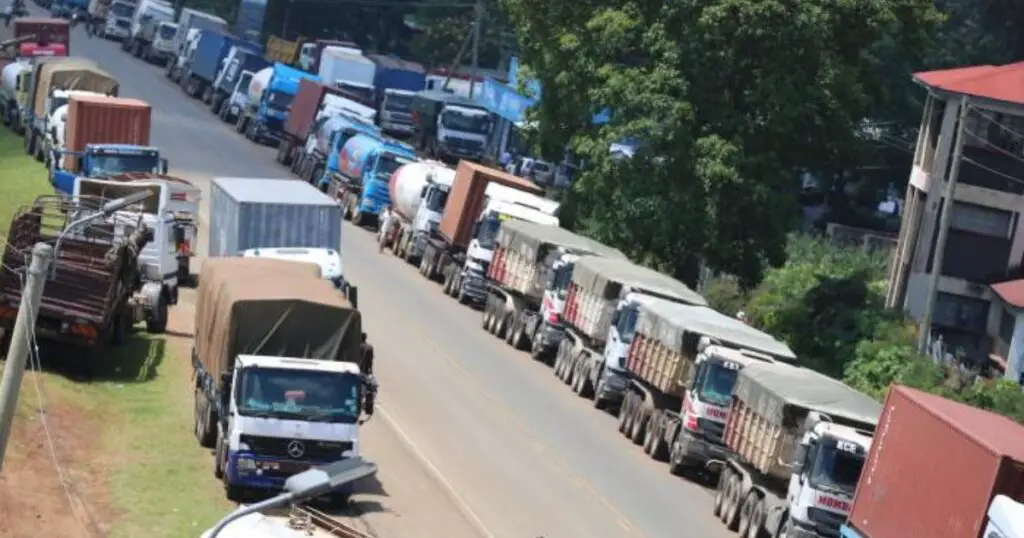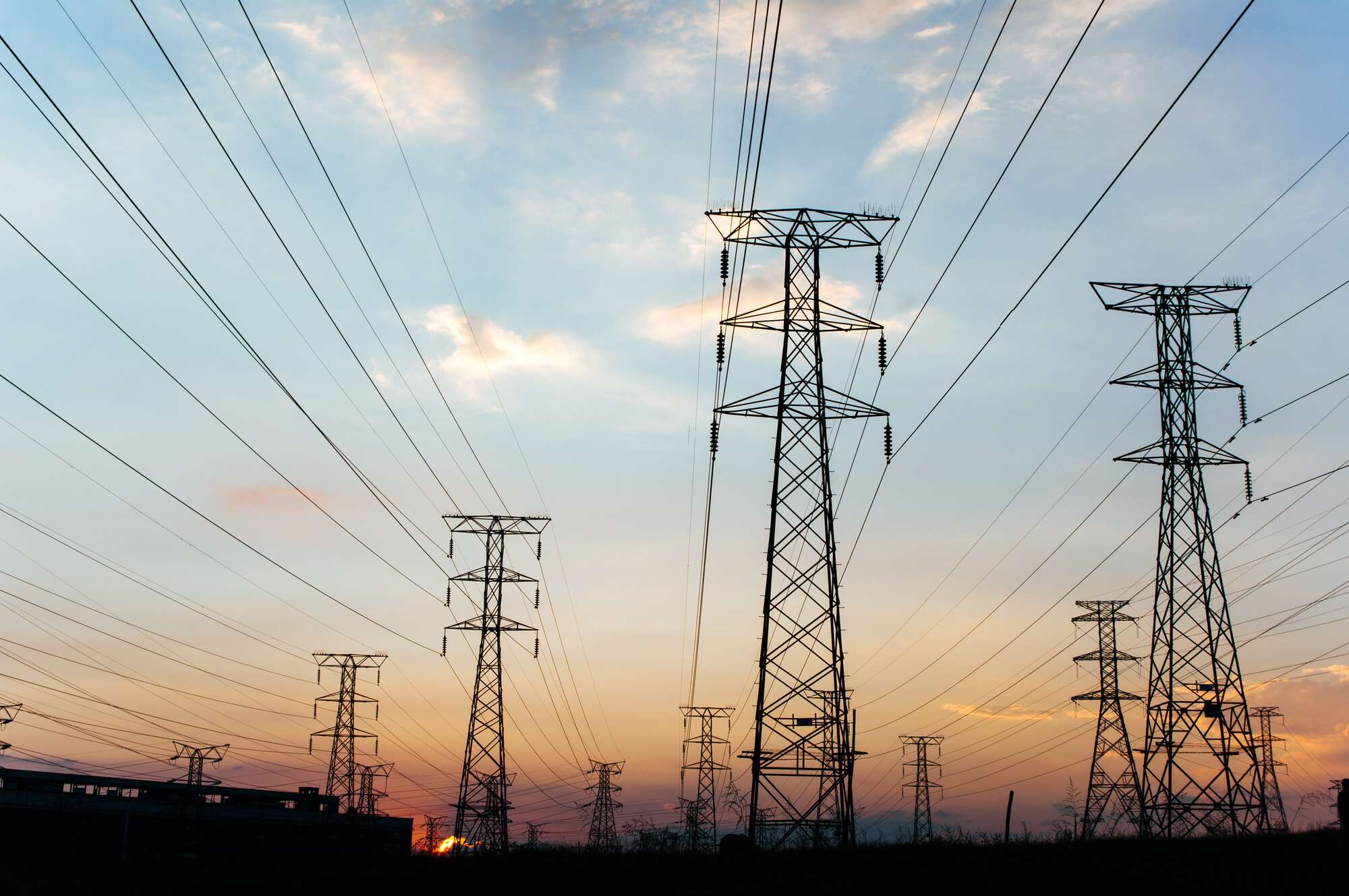
Our Projects are
Transforming African Trade
Quick Contacts
2nd Floor, Fidelity Insurance Centre Waiyaki Way, Westlands

Kenya and Ethiopia have renewed the push to streamline the bottlenecks that are hampering trade growth between the two states. A delegation of the National Assembly to the Kenya-Ethiopia Trade and Investment Mission held in Addis Ababa, Ethiopia, has rooted for the speedy removal of bottlenecks hampering cross-border trade between both Nations.
Kenya and Ethiopia have engaged in bilateral trade across multiple sectors, including agriculture, manufacturing, energy, and services, with the balance of trade hugely in favour of Kenya. In 2022, Kenya exported $95.1M (Sh12.8billion) to Ethiopia, mainly Palm Oil $12.4M (Sh1.7billion), Metal Stoppers $7.95M (Sh1.1billion), and Yeast $6.92M (Sh934million).
This compares to just $26.6m (Sh3.6billion) that Ethiopia exported to Kenya in the period, mainly comprising dried legumes $6.26M (Sh845million), dried vegetables $5.01M (Sh675million), and corn $2.68M (Sh362million).
According to the Observatory of Economic Complexity (OEC) a platform focused on the geography and dynamics of economic activities, during the last 27 years the exports of Kenya to Ethiopia have increased at an annualized rate of 4 percent, from $33M (Sh4.5billion) in 1995 to $95.1M (Sh12.8billion) in 2022.
 Electricity is among Ethiopia’s exports to Kenya [photo/East African]
Electricity is among Ethiopia’s exports to Kenya [photo/East African]Ethiopia, on the other hand, recorded an increase at an annualised rate of 23.7 per cent, from $85.8k (Sh11.6 million) in 1995 to $26.6M (Sh3.6 billion) in 2022.
The delegation, led by Suna West Member of Parliament Peter Masara, noted that Kenya and Ethiopia enjoy a long-standing history of cultural affinity and diplomatic relations, which need to be nurtured and strengthened, particularly in the realm of trade and investment.
“The economic potential between our two nations is vast, and it is our collective responsibility to harness it for the benefit of our people,” said Masara.
The delegation comprising Masara, Kangema MP, Peter Kihungi and his Ganze counterpart, Kazungu Tungule, attended the conference on the invitation of the Kenya Association of Manufacturers (KAM), which had convened the meeting alongside Addis Chamber of Commerce and Sectoral Associations.
During a separate meeting with the Kenyan Ambassador to Ethiopia, George Orina, the Kenyan legislators rooted for deeper collaboration between the Kenyan investors based in Ethiopia, as well as with other stakeholders to identify key policy gaps that need legislation to boost the Kenya-Ethiopia cross-border trade.
![Participants at the trade summit in Addis Ababa Ethiopia [photo/twitter]](https://www.trademarkafrica.com/wp-content/uploads/2024/05/ETHIOPIA-SUMMIT.jpg)
Kihungi noted that there was a need for more such deliberative forums between Kenyan and Ethiopian stakeholders to streamline policies and align critical standardization gaps for easier trade.
Tungule rooted for more initiatives to boost inclusive Kenya-Ethiopia economic growth that benefits all segments of society, through such targeted legislative interventions as the promotion of small and medium-sized enterprises (SMEs) and the creation of conducive conditions for entrepreneurship and innovation.
Speakers at the conference said there was a need to fast-track the conclusion of the Mutual Recognition Agreement to ensure that products that are tested and certified in one country do not need to undergo the process again in the other country.
They noted that this calls for the building of mutual trust between the two countries, in addition to the removal of non-tariff barriers to ease trade. During the Meeting Kenyan investors also undertook exhibitions showcasing some of their products.
One of the primary obstacles in Kenya-Ethiopia trade has been the existence of tariffs and non-tariff barriers (NTBs) that affect trade transactions. Both nations impose tariffs on certain imported goods, increasing the cost of trade and impacting competitiveness.
Additionally, NTBs such as import quotas, licensing requirements, and differing technical standards create complexities for traders, leading to delays and added expenses.
Customs procedures represent another major challenge. Cumbersome and time-consuming clearance processes at border points contribute to inefficiencies in trade operations. Issues such as manual documentation, lack of automation, and corruption in customs processes further exacerbate the situation, hindering the timely movement of goods.
Infrastructure limitations also play a role in impeding Kenya-Ethiopia trade. Inadequate transportation networks, including road, rail, and port infrastructure, pose logistical challenges and increase transportation costs. Poor connectivity hampers the efficient movement of goods, impacting supply chains and trade volumes.
Read original article
Disclaimer: The views and opinions expressed in this article are those of the authors and do not necessarily reflect the official policy or position of TradeMark Africa.